When it comes to building dynamic, responsive, and interactive web applications, choosing the right front end JavaScript frameworks is crucial. With several options available, developers must consider factors like ease of use, community support, and scalability. In this article, we’ll explore some of the top front end JavaScript frameworks in 2024, helping you determine which one is best for your next project.
1. React
Overview
React, developed by Facebook, is one of the most popular front-end frameworks today. Known for its component-based architecture, React allows developers to build reusable UI components, making the development process efficient and manageable.
Key Features:
- Virtual DOM: Improves performance by minimizing direct interactions with the actual DOM.
- Component-Based: Encourages the creation of reusable UI components.
- Strong Community Support: Extensive documentation, tutorials, and third-party libraries.
Use Cases:
- Ideal for single-page applications (SPAs).
- Suitable for projects requiring a high degree of customization.
Example:
Major companies like Facebook, Instagram, and Airbnb use React in their front-end development.
2. Vue.js
Overview
Vue.js is a progressive JavaScript framework designed for building user interfaces. It’s lightweight and easy to integrate with other projects or libraries, making it a great choice for both beginners and experienced developers.
Key Features:
- Reactivity System: Automatically updates the DOM when data changes.
- Two-Way Data Binding: Simplifies the connection between data models and the UI.
- Flexible Integration: Can be integrated into projects of any size, from single components to large-scale applications.
Use Cases:
- Great for developing interactive web interfaces.
- Works well with existing projects or as a standalone framework for new projects.
Example:
Vue.js is used by companies like Xiaomi, Alibaba, and GitLab.
3. Angular
Overview
Angular, developed by Google, is a full-fledged framework that provides everything needed to develop large-scale applications. It’s based on TypeScript, a superset of JavaScript, and comes with a robust set of tools for building enterprise-level applications.
Key Features:
- Two-Way Data Binding: Ensures the view and model are always synchronized.
- Dependency Injection: Improves code modularity and testing capabilities.
- Comprehensive Ecosystem: Includes tools like Angular CLI, Angular Universal, and more for a complete development experience.
Use Cases:
- Ideal for enterprise-level applications requiring a robust and scalable solution.
- Suitable for complex applications with high-performance requirements.
Example:
Angular is used by major organizations like Google, Microsoft, and Upwork.
4. Svelte
Overview
Svelte is a relatively new front-end framework that offers a fresh approach to building web applications. Unlike other frameworks, Svelte shifts much of the work to compile time, resulting in highly optimized, minimalistic runtime code.
Key Features:
- Compile-Time Framework: Converts components into efficient imperative code.
- Reactive Statements: Simplifies the process of updating the UI in response to changes in state.
- No Virtual DOM: Results in faster updates and rendering.
Use Cases:
- Ideal for projects where performance is a priority.
- Suitable for small to medium-sized applications.
Example:
Svelte is gaining popularity among developers and is used by companies like The New York Times and Razorpay.
5. Ember.js
Overview
Ember.js is an opinionated framework that provides a convention-over-configuration approach, making it easier to develop complex web applications. It’s known for its stability and backward compatibility, ensuring that projects can be maintained over the long term.
Key Features:
- Convention Over Configuration: Reduces the amount of code developers need to write.
- Ember CLI: Provides a powerful command-line interface for managing projects.
- Backward Compatibility: Ensures that upgrades are straightforward and non-disruptive.
Use Cases:
- Ideal for long-term projects where stability and maintainability are key.
- Suitable for developing feature-rich web applications.
Example:
Ember.js is used by companies like LinkedIn, Twitch, and Heroku.
Conclusion
Choosing the right front end JavaScript frameworks depends on the specific needs of your project. Whether you prioritize performance, scalability, or ease of use, there’s a framework on this list that can meet your requirements. React and Vue.js are great choices for flexibility and ease of integration, while Angular and Ember.js are ideal for large-scale, complex applications. For cutting-edge performance, Svelte offers a unique and efficient approach.
FAQs
1. What is a front end JavaScripts framework? A front end JavaScript frameworks is a collection of pre-written code that provides a structure for building user interfaces and web applications. It helps developers create dynamic, responsive, and interactive experiences with less manual coding.
2. Which front end JavaScript frameworks is the easiest to learn? Vue.js is often considered one of the easiest frameworks to learn due to its simple and intuitive API. It’s a great choice for beginners who are new to front-end development.
3. Why is React so popular? React is popular because of its flexibility, performance, and large community support. Its component-based architecture allows developers to build reusable components, making it easier to maintain and scale applications.
4. Can I use multiple frameworks in a single project? While it’s technically possible to use multiple frameworks in a single project, it’s generally not recommended due to the complexity and potential conflicts it can introduce. It’s better to choose a single framework that best fits your project’s needs.
5. What is the difference between a library and a framework? A library is a collection of functions and tools that developers can use to perform specific tasks, while a framework provides a complete structure for building applications. React, for example, is technically a library, while Angular is a full-fledged framework.
External Reference:
For more detailed information on front end JavaScript frameworks, you can refer to this






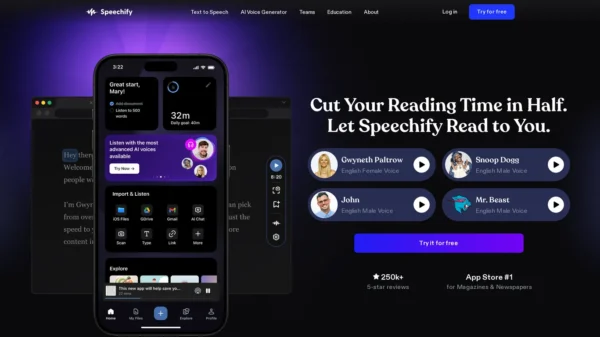






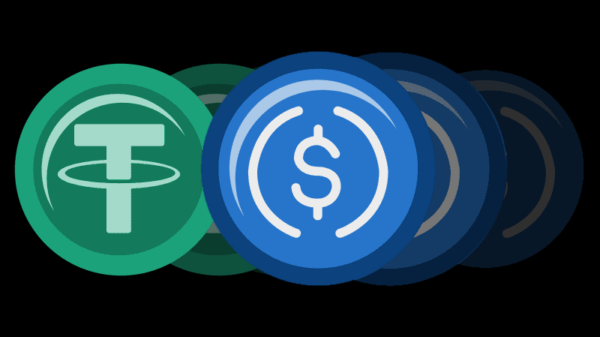
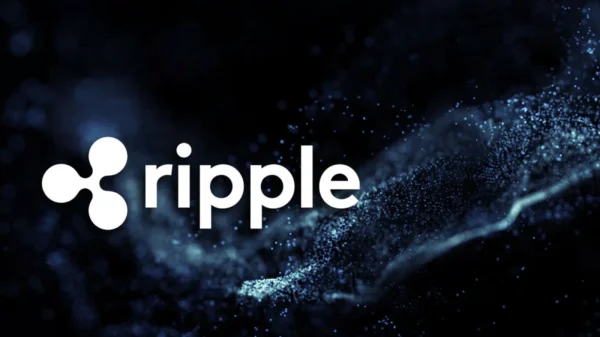







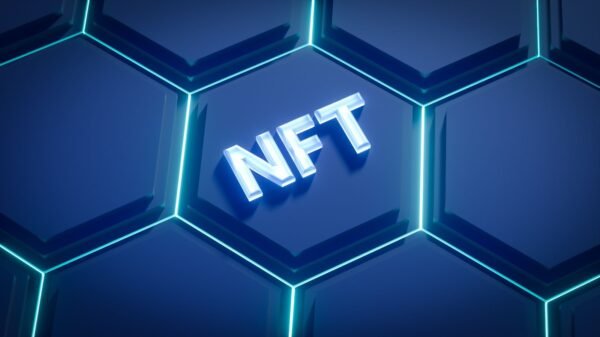
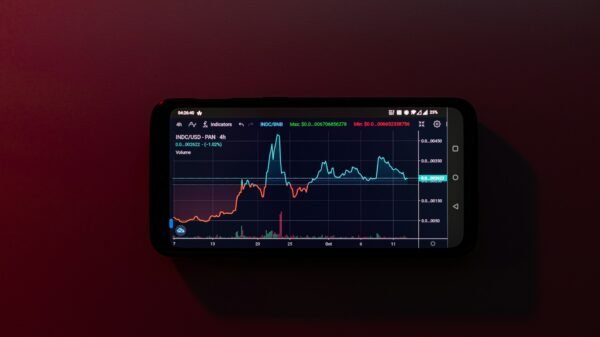
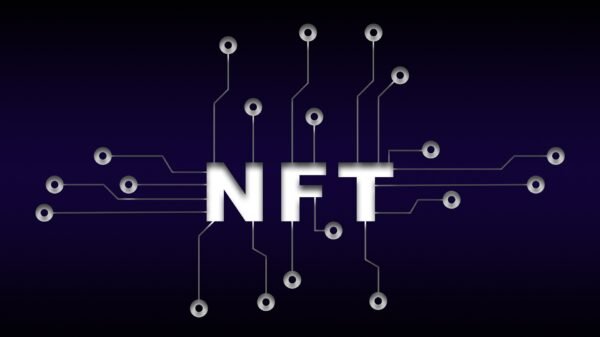



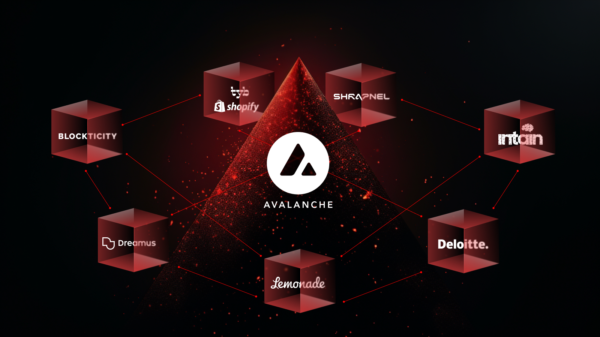
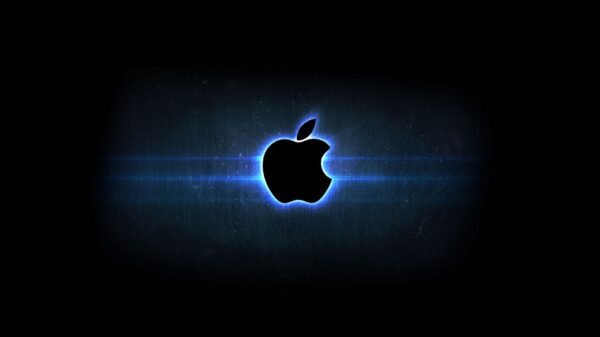








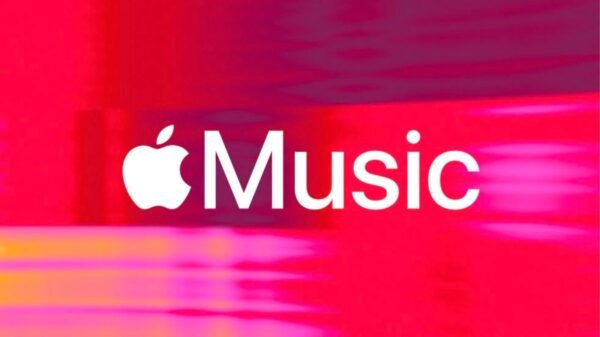







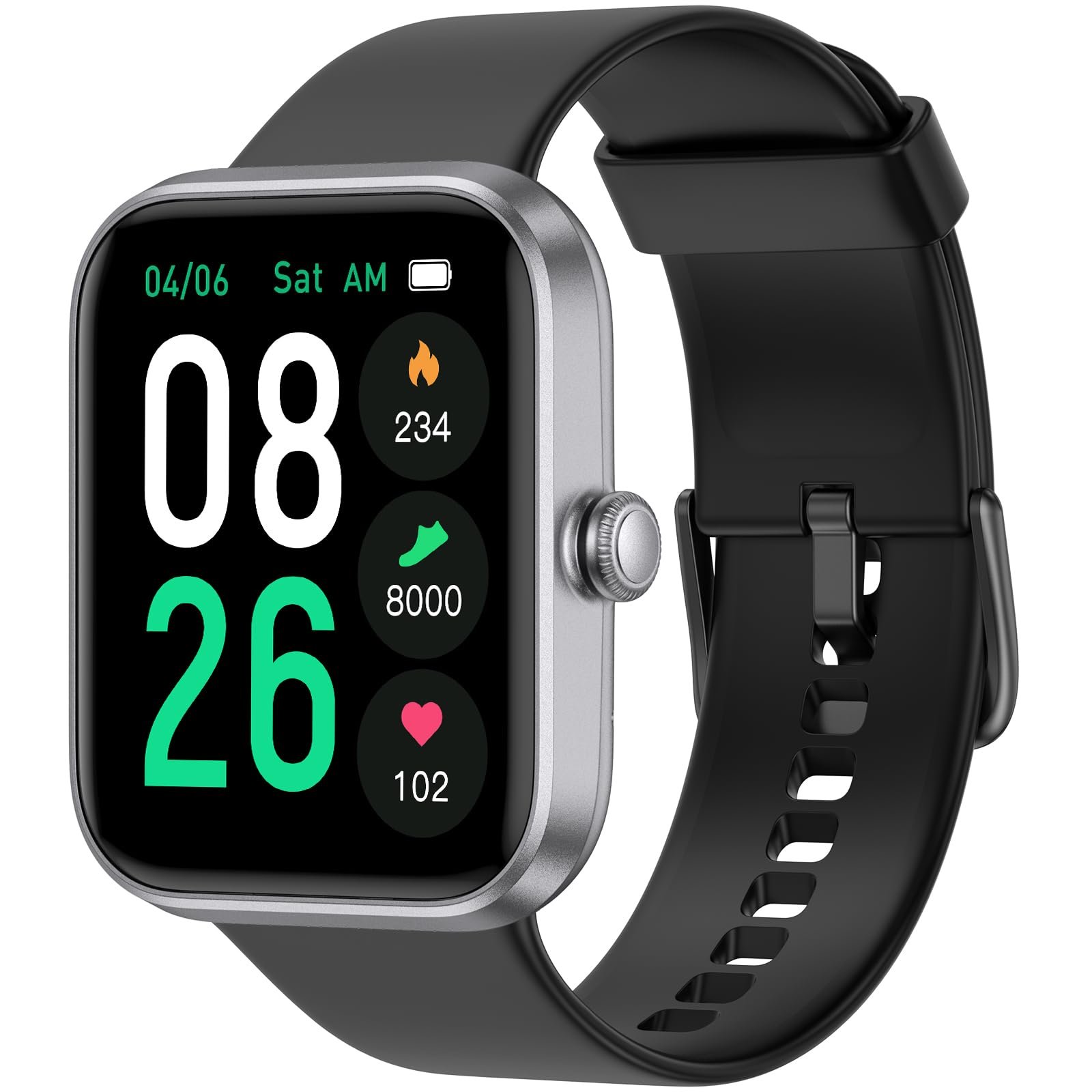
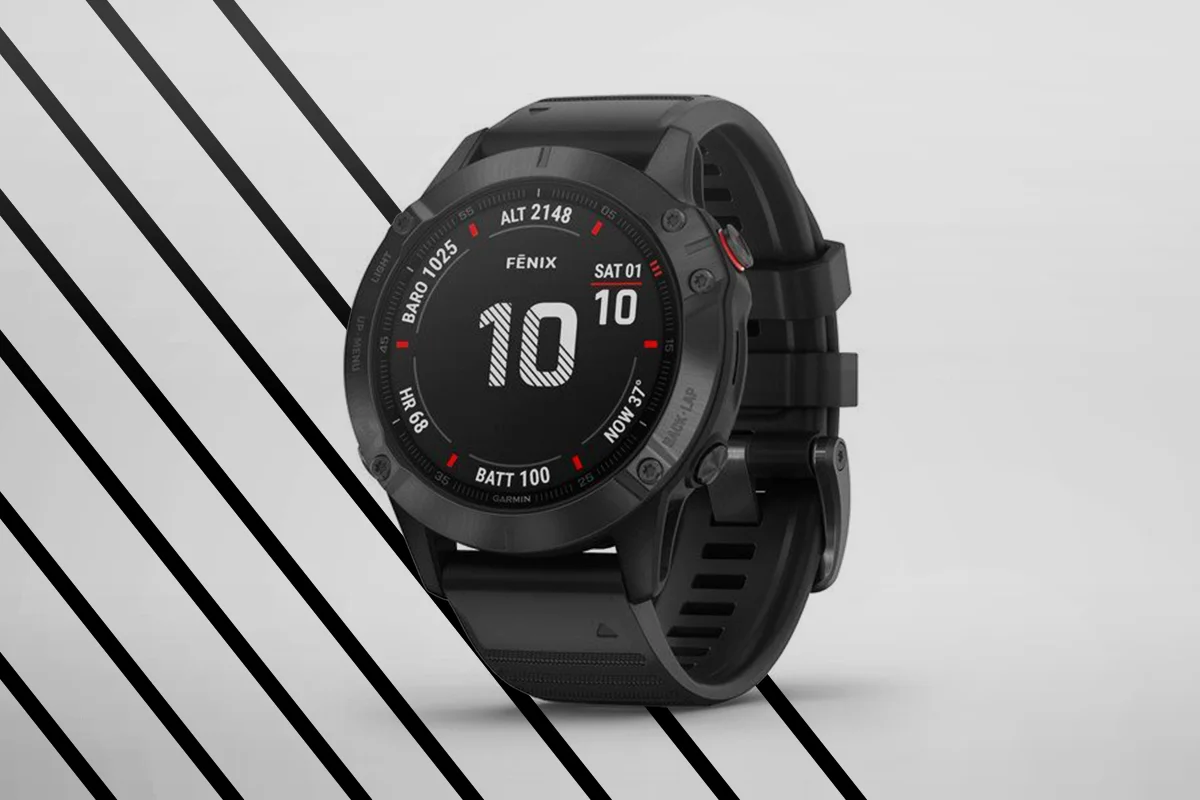















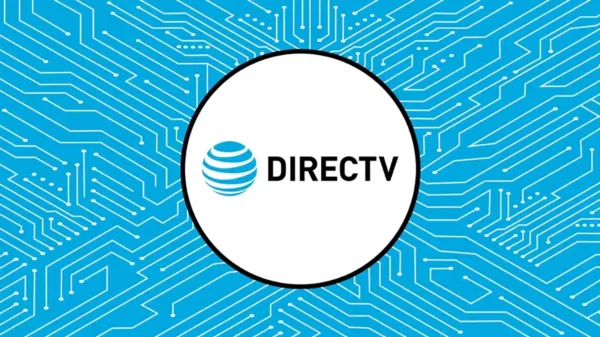

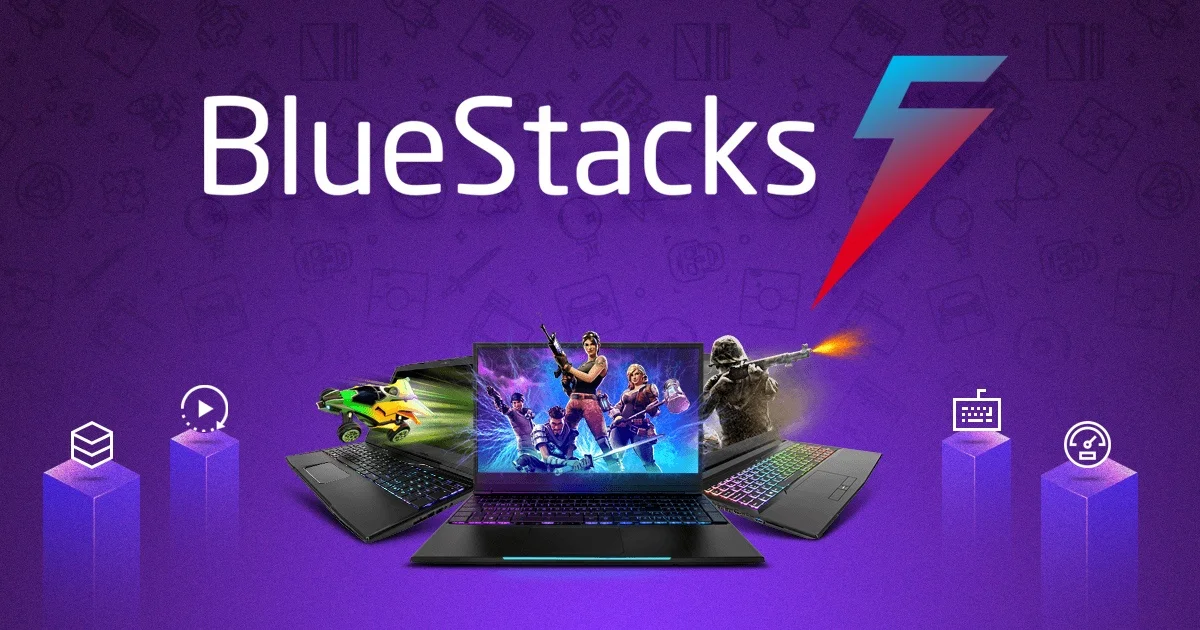





Pingback: Big Apple Music New Hartford: Your Premier Music Store Destination